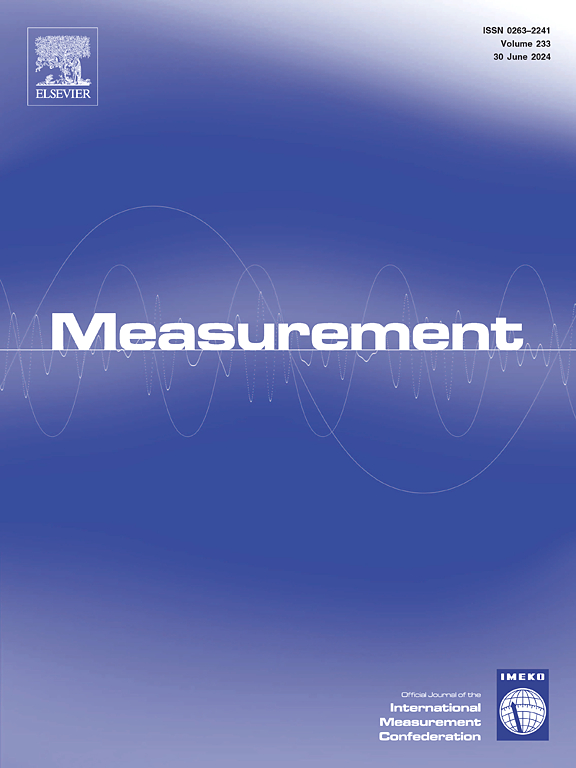Online noise-adaptive Kalman filter integrated novel autoencoder for multi-fault detection and early warning of wind turbines
IF 5.6
2区 工程技术
Q1 ENGINEERING, MULTIDISCIPLINARY
引用次数: 0
Abstract
For wind turbines (WTs), It is essential to implement proactive maintenance strategies that predict and minimise potential failures, thereby ensuring the reliable operation of wind turbines. Supervisory Control and Data Acquisition System (SCADA) data and intricate spatio-temporal dynamics impede the timely and precise diagnosis of various fault anomalies. There is a need in the literature to effectively incorporate online learning mechanisms or to work on studies that dynamically adapt to sensor noise and uncertainty during real-time operation. To address this gap, this study introduces an Online Noise-Adaptive Kalman Filter (ONAKF)-based hybrid Convolutional Neural Network (CNN), Bidirectional Gated Recurrent Unit (BiGRU), and Attention Layer (AL) autoencoder (AE) model designed for fault detection utilising SCADA data, facilitating multi-fault early warning capabilities. The proposed model demonstrates superior performance compared to existing methods, achieving across five distinct fault types, with R2 values ranging from 0.9333 to 1.0000. Across all five fault models, the Mean Absolute Error (MAE) ranges from 1.41 × 10–5 to 1.23 × 10–3, the Mean Squared Error (MSE) ranges from 8.84 × 10–10 to 2.17 × 10–3, and the Root Mean Squared Error (RMSE) ranges from 2.97 × 10–5 to 4.66 × 10–2. Additionally, the model demonstrates notable detection efficiency, attaining precision (1.0), recall (1.0), and F1 scores (1.0) across all five fault categories. The model provides initial alerts 10 to 167 h prior to the occurrence of five specific issues. The findings demonstrate the model’s efficacy in enhancing maintenance schedules and monitoring the conditions of wind turbines.
基于噪声自适应卡尔曼滤波的风电机组多故障检测与预警
对于风力涡轮机(WTs),必须实施主动维护策略,以预测和最小化潜在故障,从而确保风力涡轮机的可靠运行。监控与数据采集系统(SCADA)的数据和复杂的时空动态,阻碍了对各种故障异常的及时、准确诊断。在文献中有必要有效地结合在线学习机制或在实时操作过程中动态适应传感器噪声和不确定性的研究。为了解决这一差距,本研究引入了基于在线噪声自适应卡尔曼滤波器(ONAKF)的混合卷积神经网络(CNN)、双向门控循环单元(BiGRU)和注意力层(AL)自编码器(AE)模型,该模型旨在利用SCADA数据进行故障检测,促进多故障预警能力。与现有方法相比,所提出的模型表现出了更好的性能,实现了五种不同的故障类型,R2值在0.9333 ~ 1.0000之间。5种故障模型的平均绝对误差(MAE)范围为1.41 × 10-5 ~ 1.23 × 10-3,平均平方误差(MSE)范围为8.84 × 10-10 ~ 2.17 × 10-3,均方根误差(RMSE)范围为2.97 × 10-5 ~ 4.66 × 10-2。此外,该模型显示出显著的检测效率,在所有五个故障类别中达到了精度(1.0)、召回率(1.0)和F1分数(1.0)。该模型在五个特定问题发生前10到167小时提供初始警报。研究结果表明,该模型在提高维护计划和监测风力涡轮机状况方面的有效性。
本文章由计算机程序翻译,如有差异,请以英文原文为准。
求助全文
约1分钟内获得全文
求助全文
来源期刊

Measurement
工程技术-工程:综合
CiteScore
10.20
自引率
12.50%
发文量
1589
审稿时长
12.1 months
期刊介绍:
Contributions are invited on novel achievements in all fields of measurement and instrumentation science and technology. Authors are encouraged to submit novel material, whose ultimate goal is an advancement in the state of the art of: measurement and metrology fundamentals, sensors, measurement instruments, measurement and estimation techniques, measurement data processing and fusion algorithms, evaluation procedures and methodologies for plants and industrial processes, performance analysis of systems, processes and algorithms, mathematical models for measurement-oriented purposes, distributed measurement systems in a connected world.
 求助内容:
求助内容: 应助结果提醒方式:
应助结果提醒方式:


